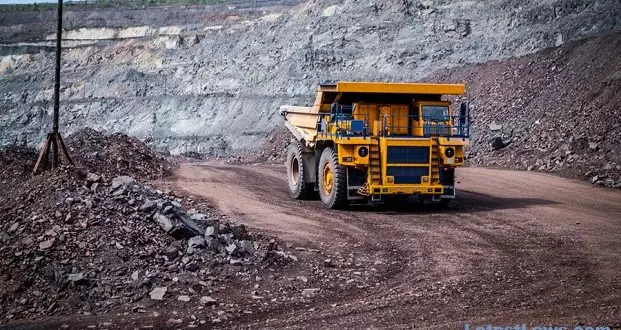
Karnataka to adopt geo-fencing to curb illegal mining
Mines Minister Mallikarjun meets officials and scientists; pilot project to cover Bellary, Raichur, Chitradruga and Davangere

The Karnataka government has decided to go for a scientific surveillance system to monitor and control widespread illegal mining in the state which is said to result in losses worth crores of rupees to the exchequer.
The geo-fencing project will oversee quarrying activities, from extracting gravel to building blocks and granite. Karnataka is also known for mining in iron ore, limestone, manganese, bauxite, gold and sand.
According to some accounts, there may be as many as around 2,000 illegal quarries in Karnataka.
Pilot projects
The Karnataka mines and geology department has told the government that geo-fencing will help check irregularities. Mines and Geology Minister SS Mallikarjun has held detailed discussions with officials and scientists to ensure that the system is put in place at the earliest.
The first step in this direction is expected to be taken in Bellary, Raichur, Chitradruga and Davangere regions, an official source said. The Union government will be assisting Karnataka, as it was done in Uttar Pradesh and Tamil Nadu.
How geo-fencing works
Geo-fencing is a virtual boundary of mining areas, based on data collected through satellite-generated images, remote sensing and lidar technologies. It also take help from Google Maps, which facilitates the access of mapping data and functionalities within the applications.
The technology monitors the permitted or licensed mining areas as well as transport of mining products through district or state borders.
GPS is installed in 500 metres around the boundaries of the permitted mining sites.
The latest images of the mining areas are collected with the help of Cartosats – which are optical earth observation satellites operated by the Indian Space Research Organisation, or ISRO – and satellite remote sensing. Later, geo-fencing and recent remote sensing images are linked together.
If mining takes place within 500 metres outside the permitted mining boundary, the technology will assess the soil colour to find out whether such activity has taken place or not, said Dr Raviraj Reddy, a retired scientist with the mining and geology department.
Union government role
The Mining Surveillance System (MSS App) developed by the Union government to curb illegal mining is used.
The satellite-generated visuals of illegal mining are updated at the district headquarters. Then, an officer inspects the site and files a report of the action taken to the government.
At the same time, through this system, the weighing bridges also transmit data besides the images or videos collected through cameras, an officer said.
"The department will attach a Vehicle Tracking System (VTS) to the vehicles carrying mining products. This will connect to the geo-fencing command centre. This too will to find out illegal transport of minerals,” the officer said.
Google Maps, drones
This integration allows geo-fencing applications to create virtual boundaries based on geographical coordinates, leveraging the detailed and up-to-date mapping information provided by Google Maps, the official explained.
There are plans to include the data collected by a 3D drone survey on illegal mining in the geo-fencing project. The government plans to do a drone survey to prevent illegal mining and increase revenue collection by avoiding revenue leakage.
Ten districts have been identified for pilot projects by the Karnataka State Remote Sensing Applications Center (KSRAC). Officials said drone surveys will be conducted for each mine every three to six months. This will enable a comprehensive assessment.
Environmental damage
Geo-fencing defines specific zones for legal extraction. Unauthorised or excessive mining outside these boundaries can be detected and addressed by the authorities. This approach also leads to timely intervention to prevent environmental damage.
Real-time data and alerts can be shared to coordinate responses and investigations, one of the technical experts involved in the geofencing project told The Federal.
"Geofencing technology can encourage community participation by allowing residents to report suspicious activities through a dedicated platform. This crowdsourced information can complement geofencing alerts and contribute to better monitoring," he added.

